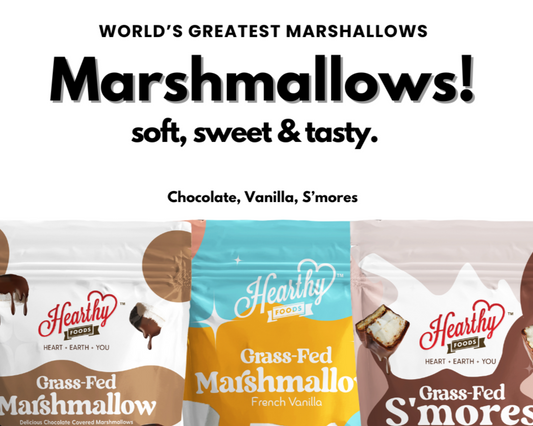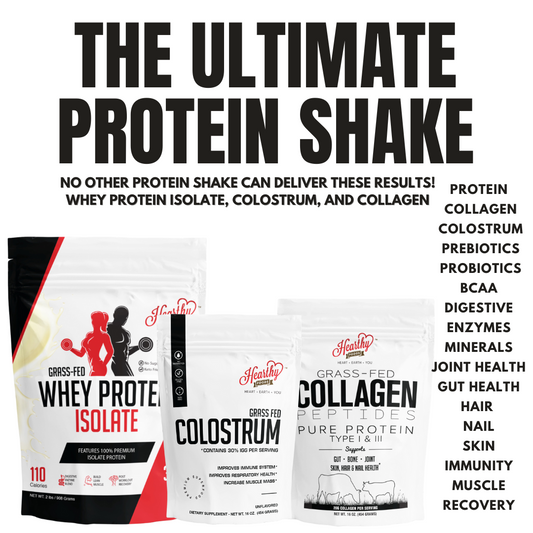
The Benefits of Baobab Flour by Megan Ware RDN LD
Baobab fruit is edible, and baobab seed powder is used in foods because of its nutrients, possible health benefits, and as a natural preservative.
It is a good source of vitamin C, potassium, carbohydrates, and phosphorus. The fruit is found inside hard pods that hang upside down from the tree. It has a citrus flavor.
Baobab is "wild-harvested." It is taken from its natural environment and dried naturally. The seeds are removed and ground into a powder that can be added to food products.
This article looks at the nutritional content of baobab, the possible health benefits, how to incorporate baobab into the diet, and possible health risks.
- The baobab tree grows in Australia, the Middle East, and parts of Africa.
- The baobab fruit and powder are rich in vitamin C and believed to have antimicrobial, antiviral, anti-oxidant, and anti-inflammatory properties.
- Baobab powder and other products can be incorporated into smoothies and salads.
- More research is needed to confirm the health benefits of baobab.
Benefits
Traditionally, baobab leaves, bark, and seeds have been used to treat "almost any disease," including malaria, tuberculosis, fever, microbial infections, diarrhea, anemia, toothache, and dysentery.
The leaves and fruit pulp have been used to reduce fever and stimulate the immune system.
The health benefits of baobab are said to include:
- improving digestive health
- supporting the immune system
- general hydration and skin health
It is reported to have antimicrobial, anti-inflammatory, antimalarial, antidiarrheal, antiviral, and antioxidant properties, and to be useful in treating or preventing anemia and asthma.
However, there is very little research on the consumption and effects of baobab.
Gastrointestinal health
A study conducted by Oxford Brookes University found that polyphenol-rich baobab fruit extract, baked in bread, reduced starch digestion and glycemic response in humans.
Baobab has traditionally been used in African populations to relieve diarrhea, constipation, and dysentery. The soluble fibers found in baobab fruit may exert prebiotic effects, promoting the growth of healthy bacteria in the gut.
Nutrition
The pulp of the baobab fruit contains:
- vitamin C
- calcium
- phosphorus
- carbohydrates
- fiber
- potassium
- protein
- lipids
The pulp can be used to add flavor to dishes and in juices.
The seeds contain:
- phosphorus
- magnesium
- zinc
- sodium
- iron
- manganese
- lysine
- thiamine
- calcium
A teaspoon of baobab powder, weighing around 4.4 grams, contains:
- 10 calories
- 3 g of carbohydrate, of which 1 g is sugar
- 2 g of fiber
- 136.4 milligrams (mg) of vitamin C
- 0.352 mg of thiamin
- 0.227 mg of vitamin B6
- 10 mg of calcium
According to a study published in Critical Reviews in Food Science and Nutrition, baobab pulp is rich in vitamin C, with 40 g providing from 84 percent to more than 100 percent of the Recommended Daily Intake (RDI).
The vitamin C level is said to be 10 times that of oranges.
Baobab leaves are also rich in calcium. The seeds and kernels of baobab fruit have a high-fat content while the pulp and leaves have antioxidant properties.
One promoter of baobab products claims it has 10 times the fiber of apples, six times the vitamin C of oranges, two times the antioxidants of acai berries, two times the calcium of milk, four times the potassium of bananas, and five times the magnesium of avocados.
Researchers have suggested that, while baobab food products contain valuable nutrients, more information is needed about their bioavailability and digestibility.
Dietary tips
In the regions where it grows, baobab is a staple food. In central Africa, the leaves are harvested and dried. They can be used in a similar way to spinach, or used as the basis of a sauce for adding to gruels, rice, and porridge.
The fruit pulp can be dissolved in water or milk and used as a drink, a sauce for food, as a fermenting agent in brewing, or in baking, similar to cream of tartar.
Baobab is most commonly available as a powder in regions where the fruit is not grown. It is hard to find fresh baobab fruit outside the regions where it grows.
Baobab powder may be used in bodybuilding and fitness supplements as well as in vitamins and mineral formulas.
It can also be incorporated into smoothies, fruit juices, cereals, granola bars, yogurts and dairy products.
Baobab fruit powder typically has a shelf life of 24 months, but researchers have called for more investigation into how storage and processing affects the nutrients.
Baobab fruit was certified as "generally recognized as safe (GRAS)" by the U.S. Food and Drug Administration (FDA) in 2009.
However, it has not been studied extensively. Further studies are needed to support any health claims.
As with any "newly discovered" food, there could be health risks associated with it that have yet to be reported.









